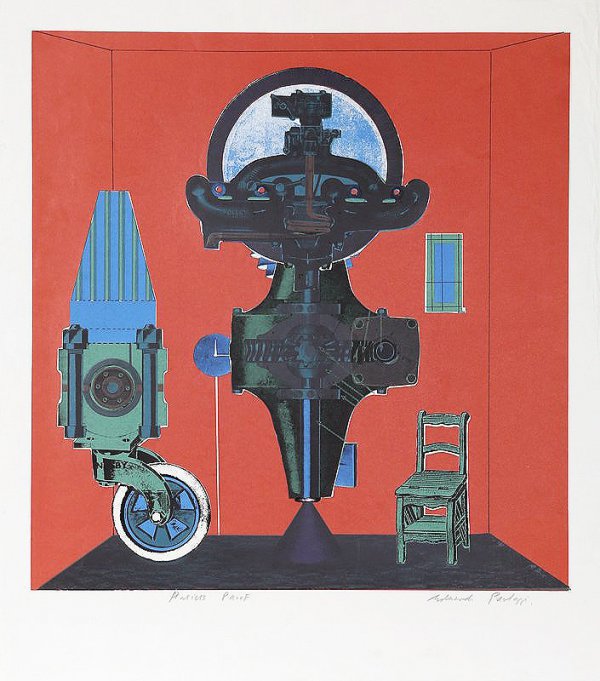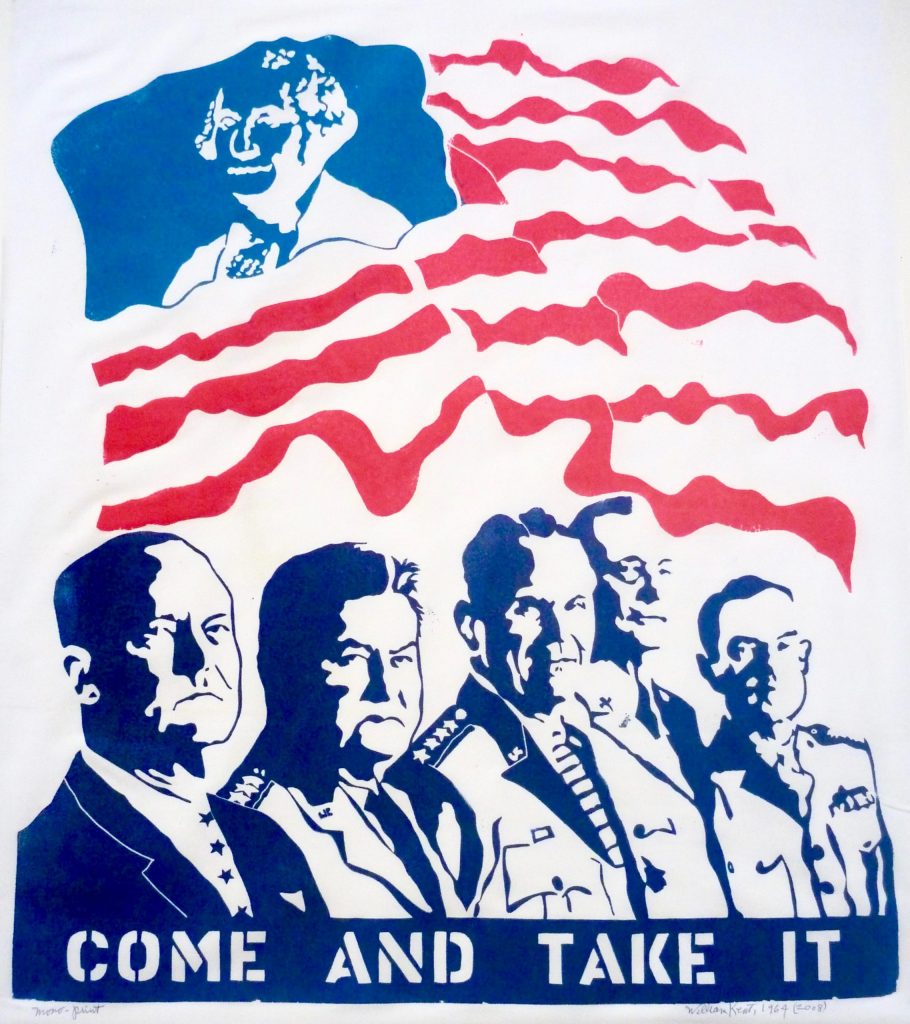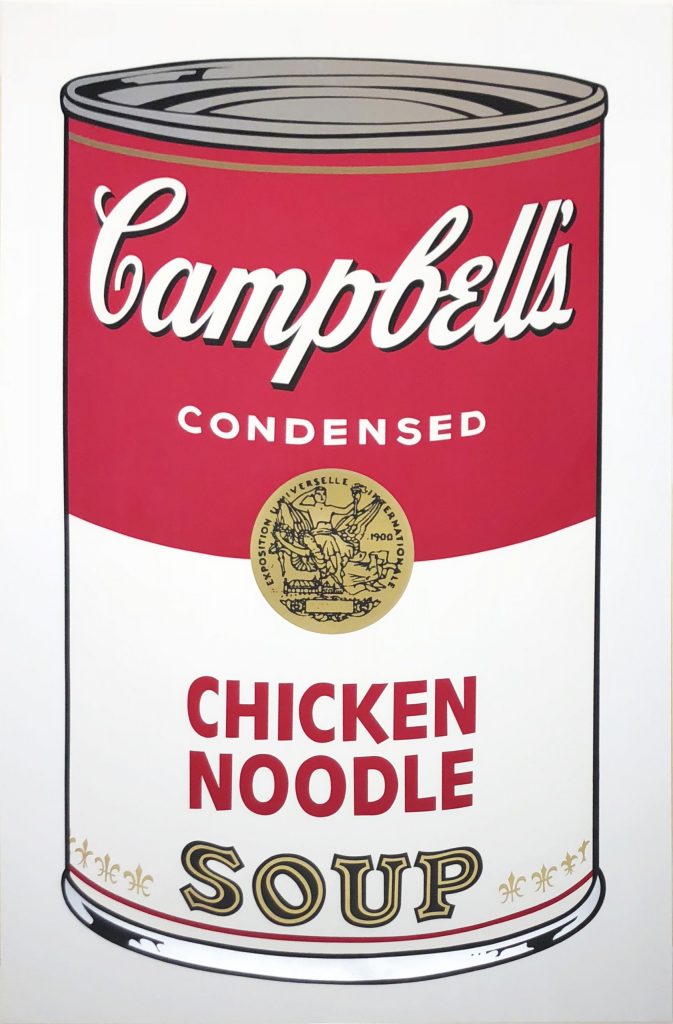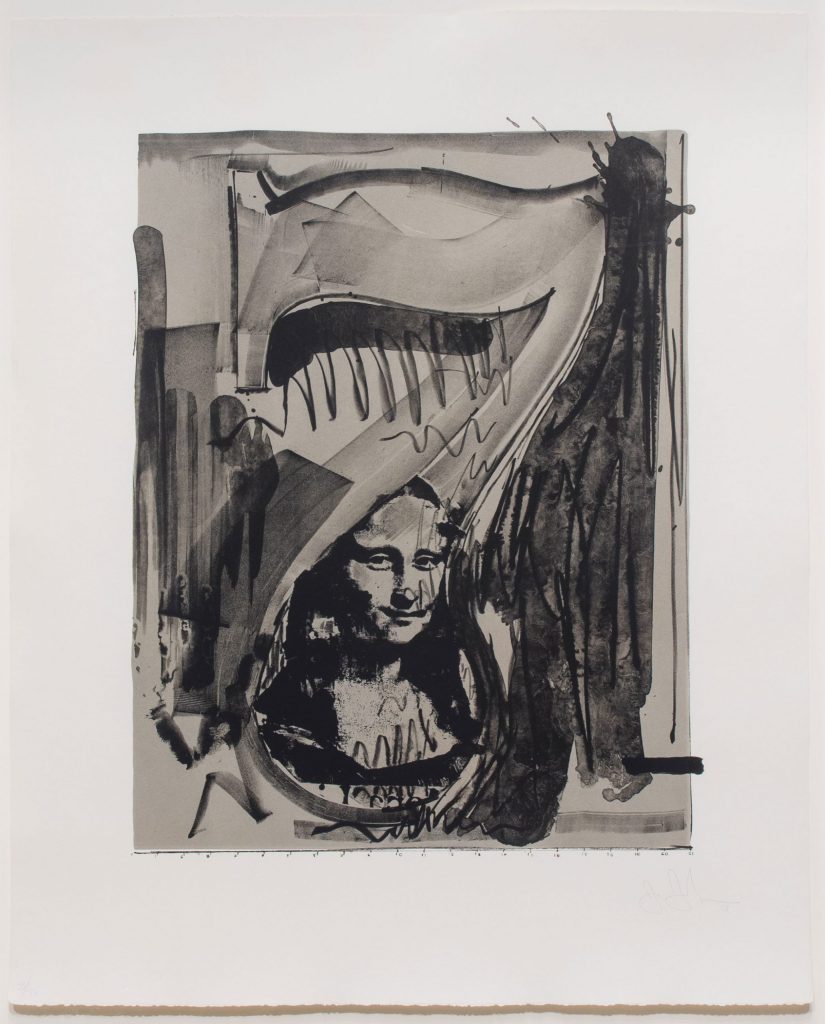The Origins Of Pop Art Prints
The origins of Pop art prints started in the UK in the late 1950s. However it was in America, following World War II, where Pop art really established itself during an unprecedented period of economic and political growth. The middle classes moved to the suburbs, helped by the availability of affordable, mass-produced homes. Rock ‘n roll burst into popular culture and became the symbol of teenage rebellion. Marilyn Monroe was a reigning film star, and radio was replaced by television as the dominant media.

But by the late 1950s and early 1960s, a cultural revolution was underway, led by activists, thinkers, and artists who sought to change and overturn, what was to them, a stifling social order ruled by rigid conformity. The Vietnam War incited mass protests, the Civil Rights Movement sought equality for African Americans, and the women’s liberation movement gained momentum.

It was in this climate of turbulence, experimentation, and increased consumerism that a new generation of artists emerged in Britain and America in the mid- to late-1950s. These artists began to look for inspiration and materials in their immediate environment. They made art that mirrored, critiqued, and, at times, incorporated everyday items, consumer goods, and mass media messaging and imagery. In reference to its intended popular appeal and its engagement with popular culture, it was called Pop art.

Pop artists strove for straightforwardness in their work, using bold swaths of primary colours, often straight from the can or tube of paint. They adopted commercial advertising methods like printmaking, silkscreening, or produced multiples, downplaying the artist’s hand and subverting the idea of originality and preciousness – in marked contrast to the highly expressive, large-scale abstract paintings, particularly of the Abstract Expressionists, whose work had dominated postwar American art. Pop artists favoured realism, everyday (even mundane) imagery, and heavy doses of irony and wit.

But many Pop artists, including Andy Warhol, Eduardo Paolozzi and Roy Lichtenstein, were very aware of the past. They sought to connect the traditions of fine art with the mass culture of television, advertising, film, and cartoons. At the same time, they challenged traditional boundaries between mediums and techniques, merging painting with photography and printmaking, combining handmade and ready made or mass-produced elements, and bringing together objects, images, and sometimes text to make new meaning.
The Origins of Pop Art Prints
Browse available Pop art prints here.
